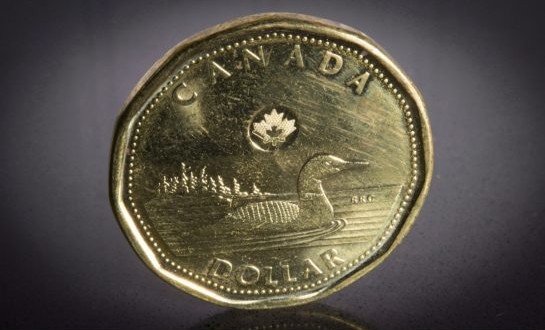The Canadian dollar plunged below 72 cents U.S. for the first time since May 2004 on Thursday, and forecasters expect the slump to continue.
The value of the Canadian dollar has been hurt by a number of factors, many related to the strength of the American dollar as well as weak global market conditions for key commodity exports, including oil.
“With the lurch lower in oil prices, we were anticipating $1.40 (71.42 US cents) by the end of Q1, but we might get $1.40 later this afternoon,” said Daragh Maher, New York-based head of U.S. foreign-exchange strategy at HSBC Holdings Plc. “One of the difficulties you have at the moment is that liquidity is so thin it doesn’t take much flow to go through to suddenly prompt quite a big move.”
The Federal Reserve’s decision to finally raise key U.S. interest rates on Wednesday, after months of signals that an increase was coming, also helped push up the American dollar against the British pound, Japanese yen, Australian dollar and the euro.
David Watt, chief economist at HSBC Bank of Canada, said the lower loonie could provide a boost to Canadian exports. However, he noted that the low value of the Canadian dollar also hints at weakening global demand for those very exports which support the loonie.
“If you want to be an optimist, you lean on the one side that it will help boost exports,” said Watt. “I tend to lean more to the second side, that it reflects a degree of concern about the global economy.”
The loonie has tumbled 17 per cent this year amid a rout in oil that has sent Canada’s second-largest export below US$40 a barrel. The U.S. interest-rate move begins a period of monetary-policy divergence between Canada and its biggest trading partner, after the Bank of Canada cut its benchmark rate twice this year to boost economic growth.
Agencies/Canadajournal
 Canada Journal – News of the World Articles and videos to bring you the biggest Canadian news stories from across the country every day
Canada Journal – News of the World Articles and videos to bring you the biggest Canadian news stories from across the country every day



